Restoring degraded land of Ewe-Adakplame Relic Forest, Benin
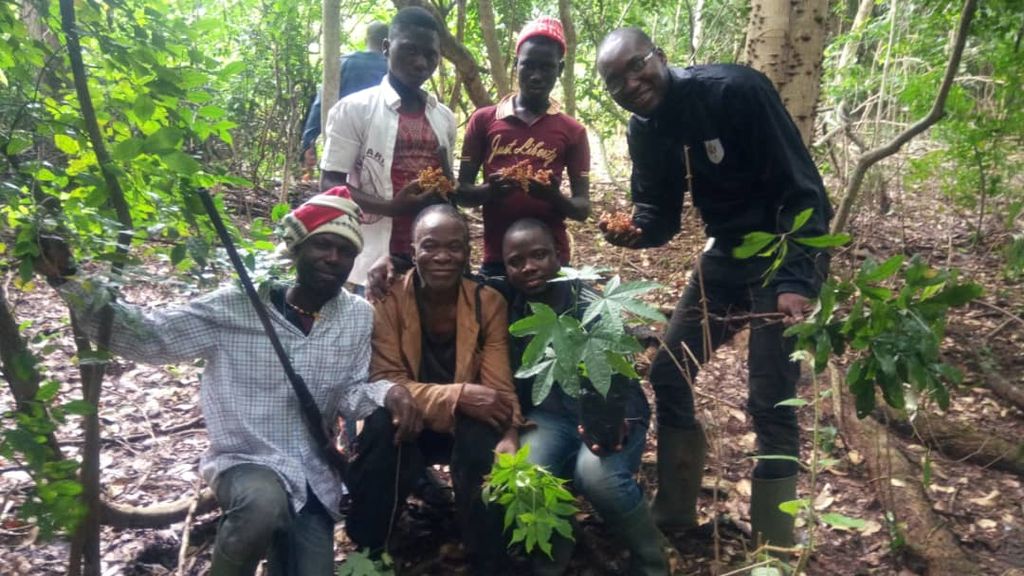
-
Status of project
Completed -
Region
Africa -
Country
Benin -
Programme
BGCI -
Workstream
Saving Plants -
Topic
Plant Conservation
Funded via ArbNet
Project Completed: 2023
Institution: Botanical Village of Ewe Adakplame
Planting campaign helps to restore degraded land of Ewe-Adakplame Relic Forest, Benin
In the south-east of Benin, Ewe-Adakplame Relic Forest (EARF) is among rainforest vegetation types that has persisted since the early-mid Holocene period (8500-4000 years BP). Located in Ketou District (7.466443, 2.574832), it appears as a relatively “undisturbed” island entirely managed by locals.
Today, it still conserves 6.63% of the national flora, including 15.4% of heritage plant species known as West-African Forest bio-indicators. Diachronic analysis of SPOT and Sentinel2 images showed 177.79 hectares of regression from 1994 to 2020 (26 years), comprising a third of EARF’s initial area. This might be due to the human boundary encroachment that has increased from 94.69 to 224.21 hectares over the same period, by spreading rapidly from the outskirts to EARF.
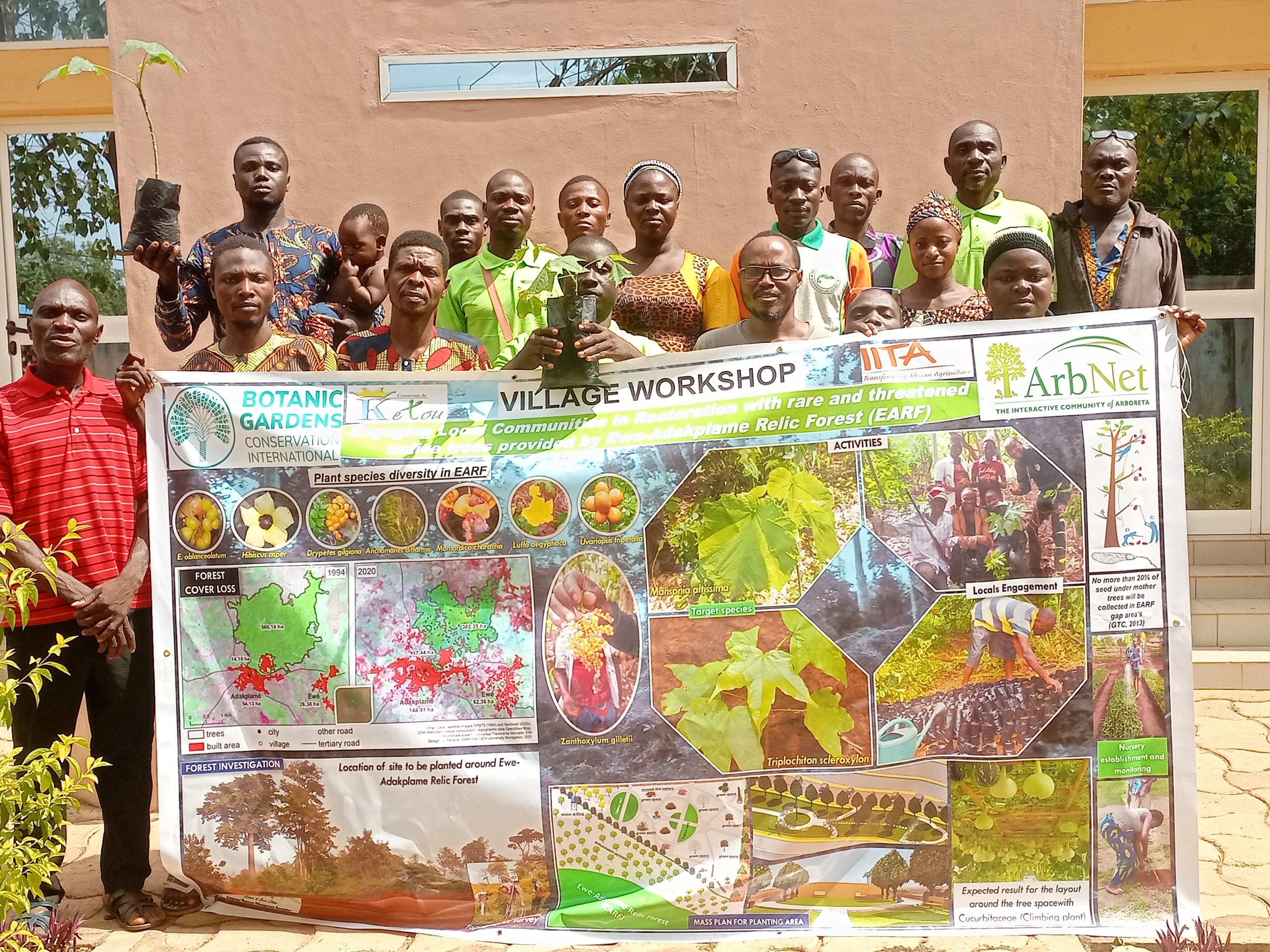
This project aimed to raise awareness among locals to face this forest loss, by developing botanical practices – such as native plant and seed collections, vegetative propagation and planting campaigns of native tree species – to gradually enrich and rehabilitate the degraded areas around EARF.
The first step of the project was an introductive village workshop, run by the project leader and supported by several other locals (including a local leader and native, a farmer, a hunter and a women’s representative). Instead of renting a room and chairs, the mayor allocated the conference room of the Municipality, free of charge. This meant the money budgeted for this could help with the fuel cost increase (which rose from $0.6 to $1.8 following the political crisis in the neighbouring Federal Republic of Nigeria). A video projector, two posters and tools for mapping sites were also proposed by the king of the village.
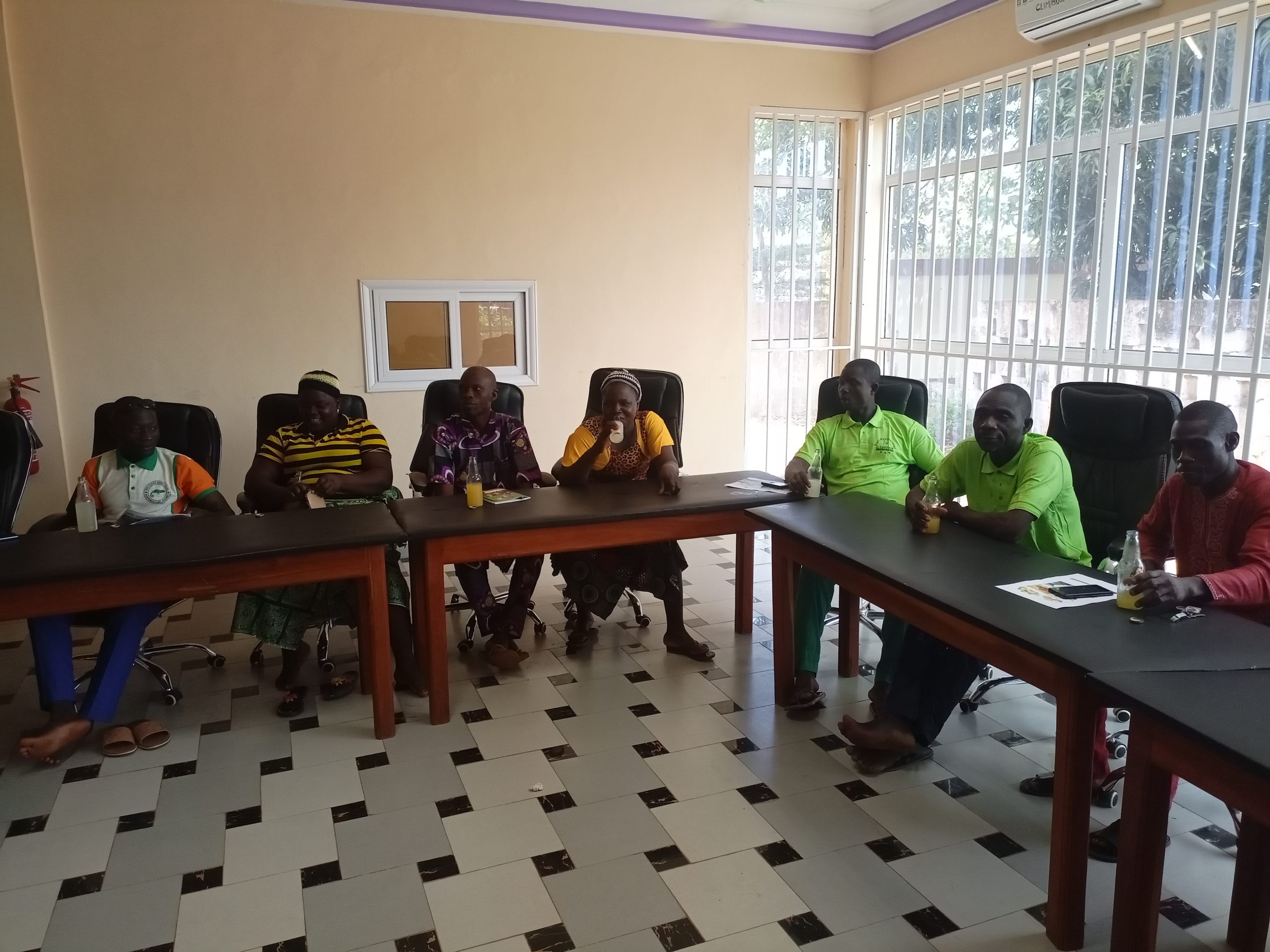
Before the planting campaign started, an exchange and cooperation visit was made to the Monkey Sanctuary of Drabo Gbo in Benin, to raise awareness and help local communities understand conservation issues. It is a site that has been enriched by plant species collected from different relic forests, including the forest refuge of Ewe-Adakplame Relic Forest. A small group of EARF residents participated in the recreational day and two heritage and symbolic species from Ewè-Adakplame Relic Forest were offered to the sanctuary.
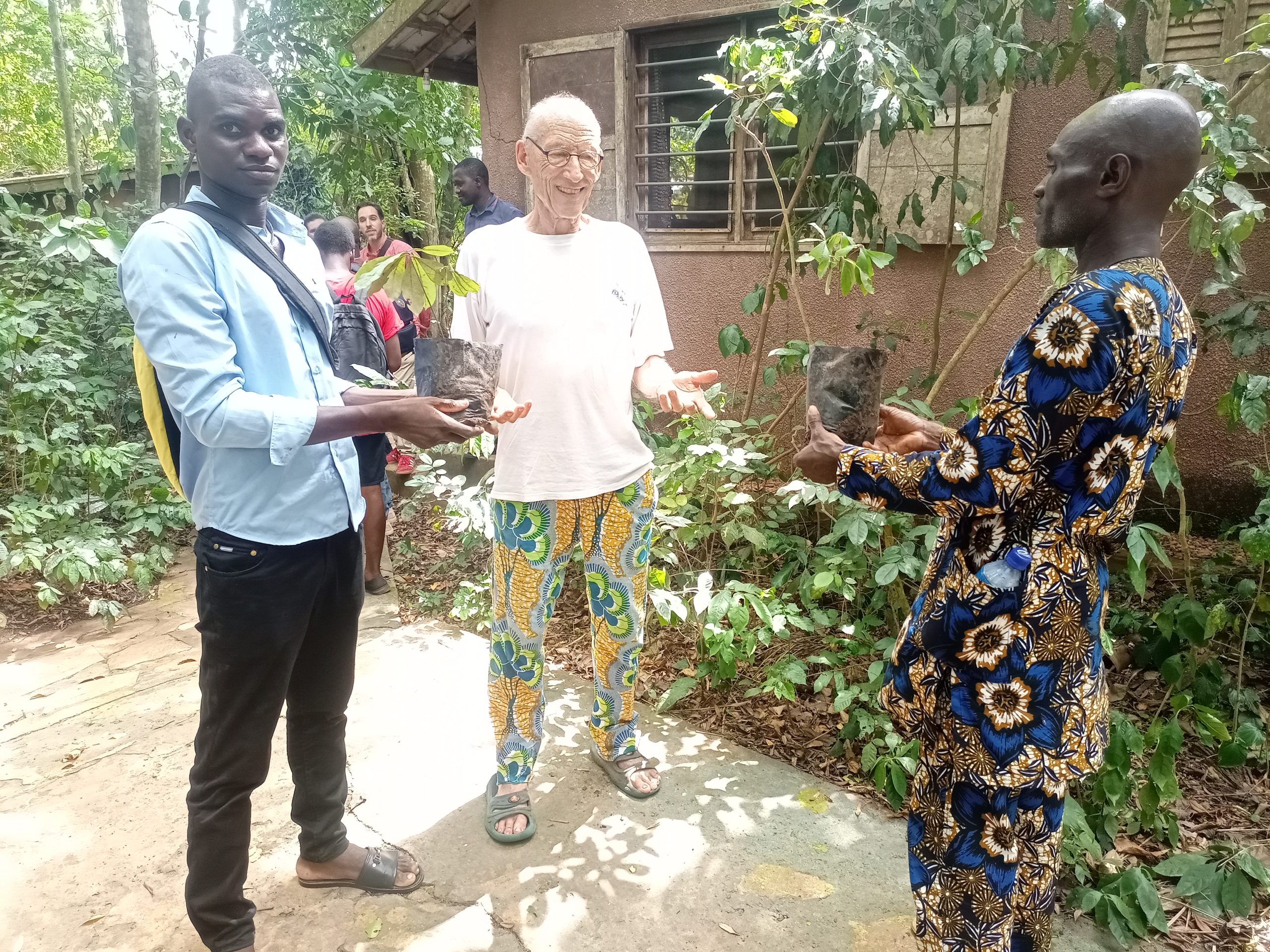
Wild seeds were collected and 1,144 native species were propagated – including Synsepalum dulcificum (Sapotaceae) which is a native edible miraculous fruit, probably extinct in the wild, and threatened in Benin. These plants were then shared with locals for planting.
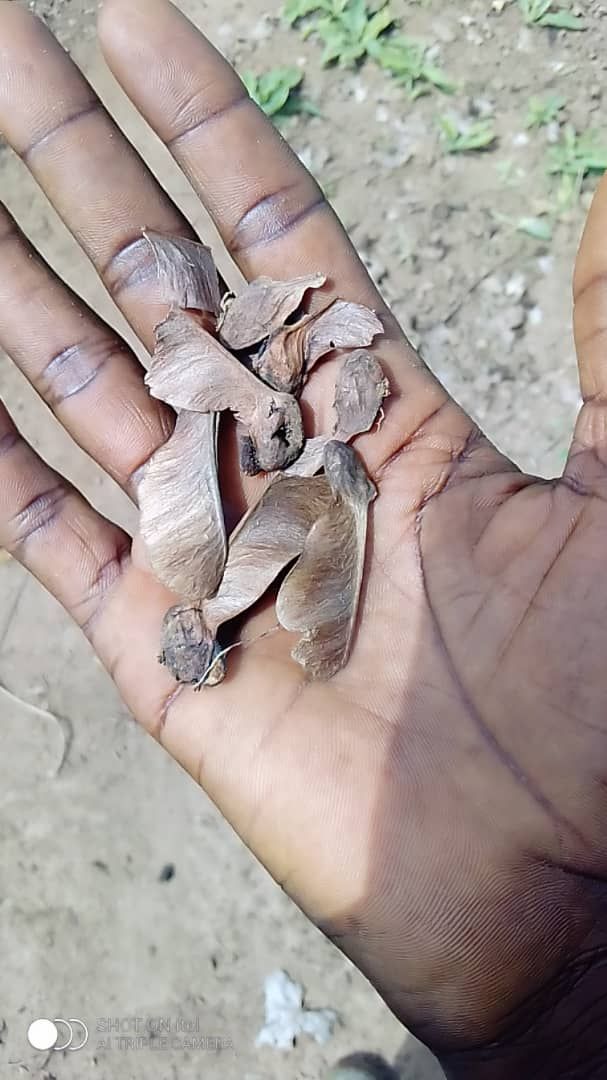
AGIR.BGCI.ArbNetIITA.Mansonia.Seed
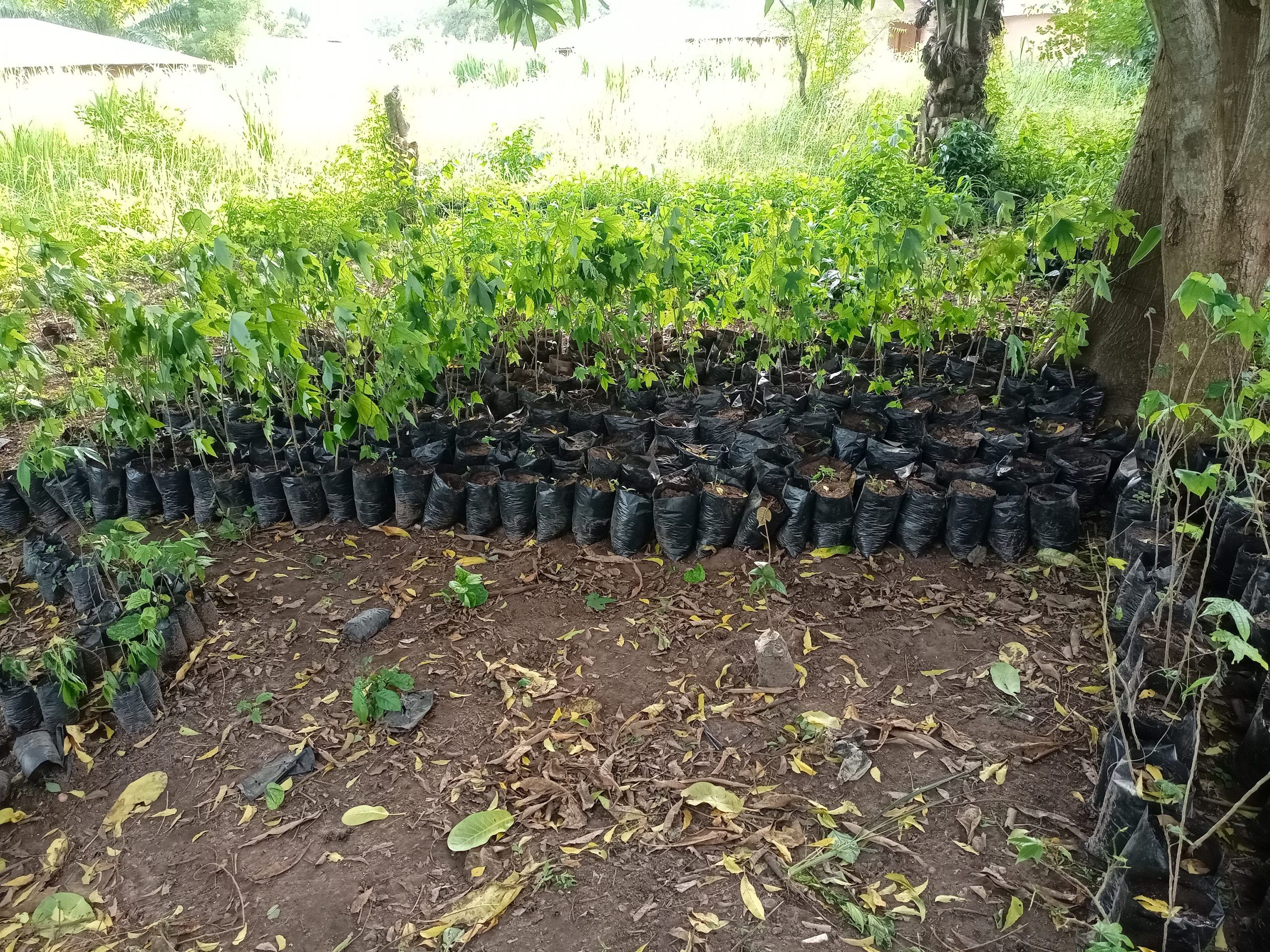
AGIR.BGCI.ArbNetIITA.Nusery2
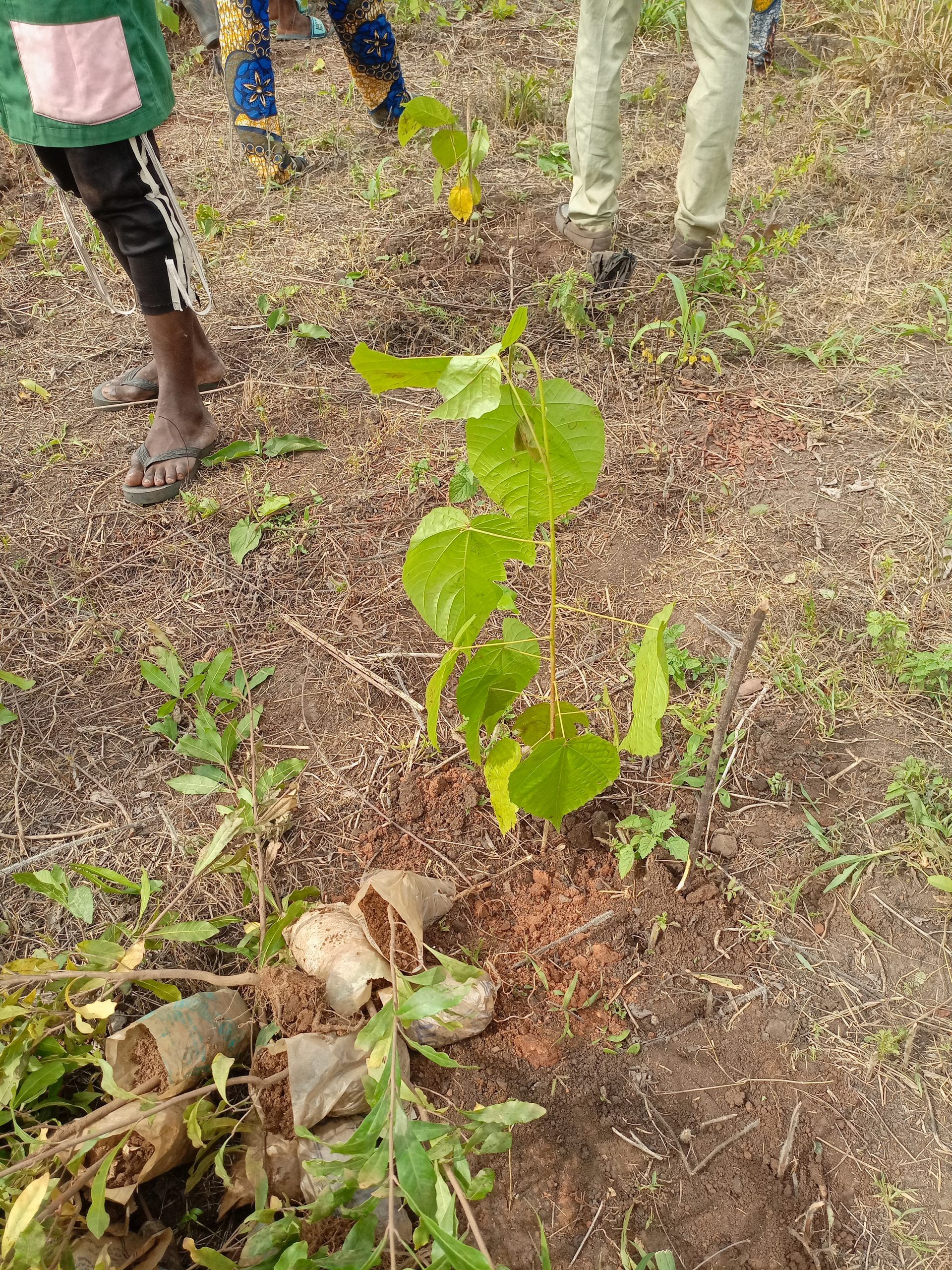
AGIR.BGCI.ArbNet.IITA.Mansonia

AGIR.BGCI.ArbNetIITA.Planting.Team
Thanks to the partnership with BGCI, ArbNet, The Morton Arboretum and IITA – as well as through other grants – Botanical Village of Ewe Adakplame are raising local community awareness for EARF conservation. By engaging locals in the planting campaign it combined ambitious restoration of the natural habitat with sustainable rural livelihoods and is a good starting point for EARF conservation. There is now a new hope of preservation and natural habitat extension around Ewe-Adapklame Relic Forest.